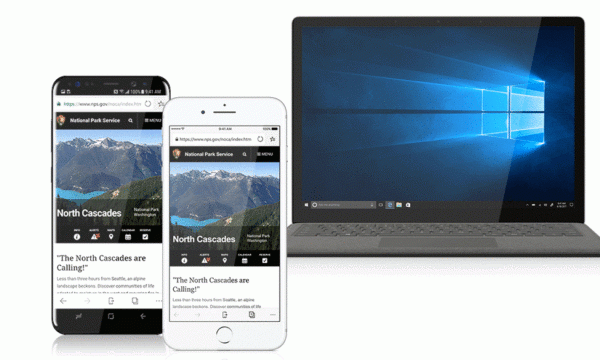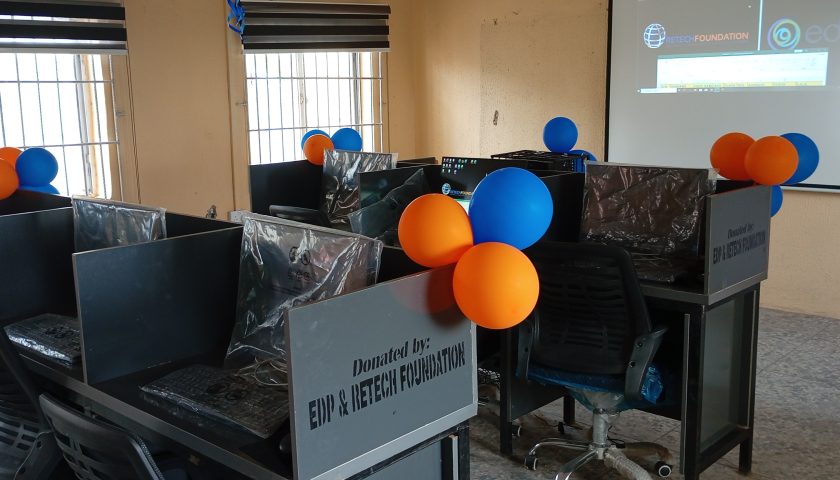In a bid to improve cross-device user experience, Microsoft today released betas of its Edge browser for iOS and Android. The browsers have been developed to address a gap in the current Edge experience: with Windows Mobile all but unused, using Edge is a strictly PC-only experience. There’s no easy way to, for example, switch from reading a site on your PC to reading it on your phone or vice versa. The new mobile versions of Edge fill that gap and provide that cross-device experience.
As is often the case with mobile browsers, the new browsers are Edge in name only. They provide a user interface that looks quite Edge-like, and they sync with your Microsoft Account, but they don’t use the Edge rendering engine from the PC. On iOS, the browser wraps the WebKit browser engine from Safari. This is essentially unavoidable on that platform, as Apple’s rules preclude the development of third-party browser engines. On Android, where the rules do permit the development of third-party engines, Edge is built on top of Chromium, the open source counterpart to Google’s Chrome.
Currently, syncing is limited to favorites and items on the reading list. Synced tabs and browser history are being worked on, but those will take longer to arrive.
On Android, Microsoft is rebranding the Arrow app launcher as the Microsoft Launcher. Arrow started life as an experimental project produced in the Microsoft Garage, a kind of incubator for new apps. With the rebranding, it’s graduating to become a bigger, better-supported piece of software. The big Launcher features Microsoft is promoting are the ability to pin contacts to your homescreen and a slick at-a-glance view of appointments, recently used documents, news, and frequently used apps.
As with Edge, the important part of the Launcher is the cross-device experience. Documents and photos have a “continue on PC” option that will open them up on a computer, making it easier to start working on the phone and then resume on a computer.

Both Edge’s syncing and Launcher’s “continue on PC” depend on having the forthcoming Windows 10 Fall Creators Update installed. The Settings app in the new Windows version has a new section that allows Windows to be paired with iOS and Android phones. Microsoft is planning much richer capabilities for moving between devices and bringing the things you’re doing—whether it be the e-mail you started writing or the webpage you’re reading—to the device you’re using. While the full array of abilities was initially spoken of as a feature of the Fall Creators Update, the more complex scenarios have been delayed until a later release. What we have today with Edge and Launcher, and in a couple of weeks with the release of the Fall Creators Update, is just the first step.
Launcher and Edge for Android are both available in the Google Play Store. The Edge for iOS beta uses Apple’s Testflight beta system; this means that numbers are limited, but you can sign up here.
Culled from Here





